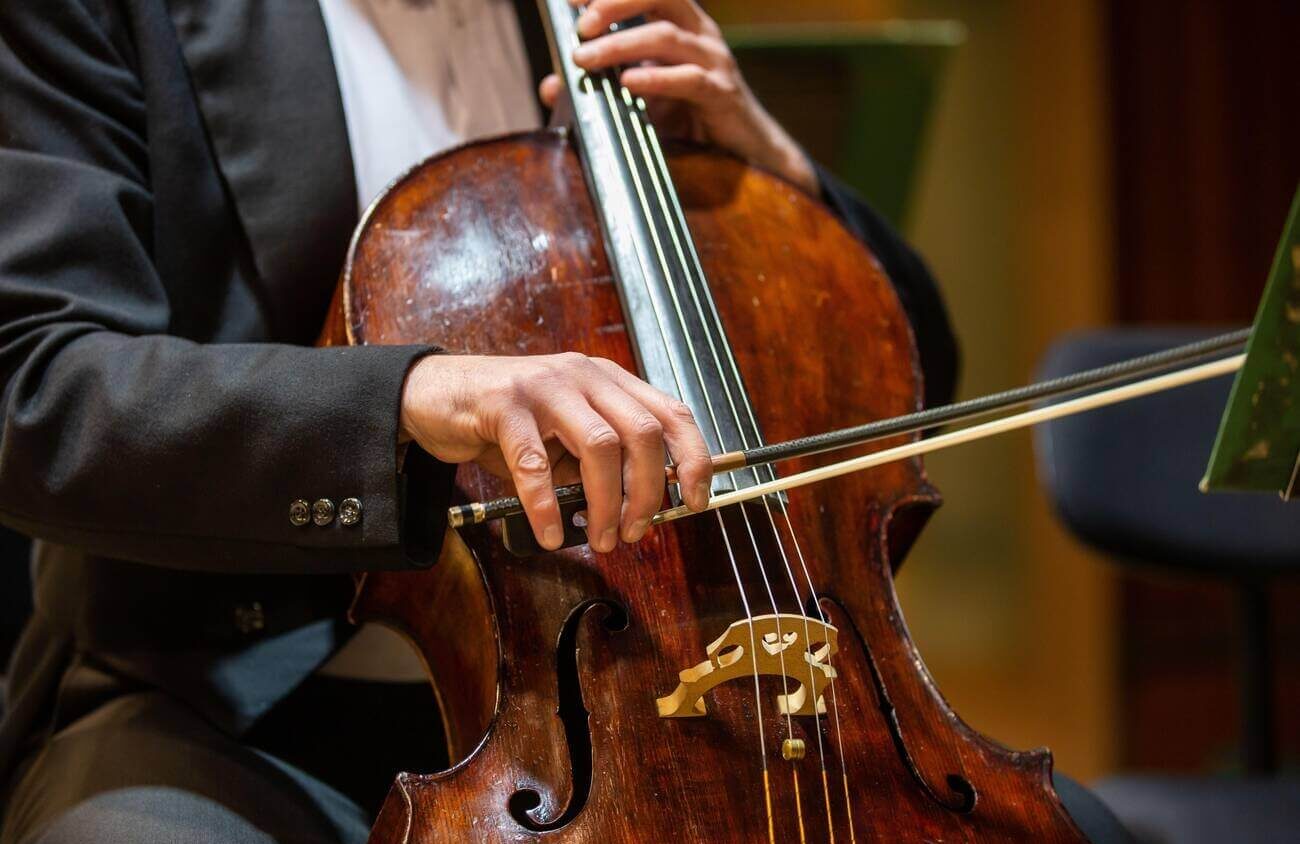
Stringed instruments have always held a prominent position in the world of music, enchanting listeners with their melodious tunes. Whether it’s the graceful melodies produced by a violin or the rhythmic strumming of a guitar, these instruments have captivated audiences for centuries. This blog post aims to delve deeper into the various types of stringed instruments and explore what makes them truly special.
- The Importance of Bows: A Vital Element
A crucial component found in musical stringed instruments is the bow. Traditionally crafted using horsehair and different types of wood, a bow consists of a curved stick with tensioned hair that creates sound when drawn across the strings. The tension in the bow hair plays a significant role in determining both volume and sound quality. Musicians often possess an assortment of bows made from different materials and designs, allowing them to create diverse tones and employ various techniques while playing.
- The Violin Family: Masters of Melody
The violin family stands out as one of the most renowned groups within stringed instruments due to their elegant sound and remarkable versatility. This family encompasses instruments such as violins, violas, cellos, and double basses – each possessing unique characteristics and requiring bow play techniques.
The violin, known for its vibrant and soaring tones, is commonly linked to classical music but also finds its place in genres like folk and jazz. The viola, a slightly larger instrument than the violin, offers a deeper and mellower sound that adds warmth and richness to orchestral compositions. As for the cello, being much larger than both the viola and violin, it produces a resonant sound that can evoke both melancholy and power. Lastly, we have the double bass, which is the largest member of the violin family. It provides a solid foundation and delivers deep bass notes to an ensemble.
- The Guitar: The Versatile Instrument
Moving on to another beloved stringed instrument widely used in popular music-The guitar. Its versatility shines through its six strings that can be played using either a pick or our fingers. The guitar finds its place in various genres, including rock, pop, jazz, and even classical music. When it comes to acoustic guitars, their hollow bodies amplify the sounds of their strings, whereas electric guitars rely on pickups and amplifiers for sound production.
- The Harp: a Melodious Instrument
Now, let’s explore another captivating stringed instrument – the harp. Often associated with heavenly melodies played by angels themselves due to its grand size and elegant design. Its enchanting sound brings about a soothing and ethereal experience.
The harp produces music by plucking its strings using either the fingers or a special pick called a plectrum. Harps come in different sizes, ranging from small lap harps to large concert pedal harps. Due to its unique construction and delicate sound, the harp is widely recognized as an important instrument in classical, folk, and even contemporary music.
- The Mandolin: A Hidden Jewel
The mandolin, though not as well known, is an intriguing small stringed instrument that emits a bright and distinctive sound. It evolved from the lute family and gained popularity during the Renaissance in Italy. With four pairs of steel strings that can be plucked or strummed, the mandolin’s sound can vary from intimate and delicate to bold and vibrant. It finds extensive use in various music genres like bluegrass, folk, and classical music.
- The Banjo: Adding a Unique Flair
With its unmistakable twangy sound, the banjo brings a distinctive touch to the world of stringed instruments. Originating from Africa and introduced to the United States by enslaved Africans, it typically features four or five strings that are played through picking or strumming techniques. The banjo holds a prominent place in traditional American music genres such as bluegrass, country, and folk.
- The Sitar: Embarking on a Melodic Journey
Venturing away from Western musical instruments, the sitar guides us on a captivating voyage to India. This plucked string instrument boasts a long neck, a resonating gourd and movable frets. Its enchanting sound encapsulates the intricate and culturally rich traditions of Indian classical music. Playing the sitar involves skillfully plucking its strings and utilizing techniques such as bending and sliding to craft emotive melodies.
- The Lute: Exuding Renaissance Elegance
Lastly, let’s explore the lute—an instrument that experienced soaring popularity during the remarkable Renaissance era. With its pear-shaped body, fretted neck, and multiple strings plucked by nimble fingers, it emits a sonorous tone that emanates warmth and intimacy. Esteemed for both solo performances and accompaniment, the lute’s historical significance and distinctive sound continues to inspire musicians and composers alike.
Conclusion
In conclusion, stringed instruments have played an indispensable role in shaping the world of music for countless centuries. From bows that bring forth melodic vibrations to strings that resonate harmoniously, each component of these instruments contributes significantly to their sonic magic.
From the masterful melodies produced by the violin family to the versatile guitar, the heavenly sounds of the harp and the distinctiveness of instruments like mandolin and banjo, along with the melodic journey of the sitar and the elegance exuded by the lute, stringed instruments have a timeless appeal that never fails to captivate audiences and ignite inspiration among musicians globally.
The post An Overview of Stringed Instruments: From Bows to Strings appeared first on 24Hip-Hop.
source https://24hip-hop.com/an-overview-of-stringed-instruments-from-bows-to-strings/